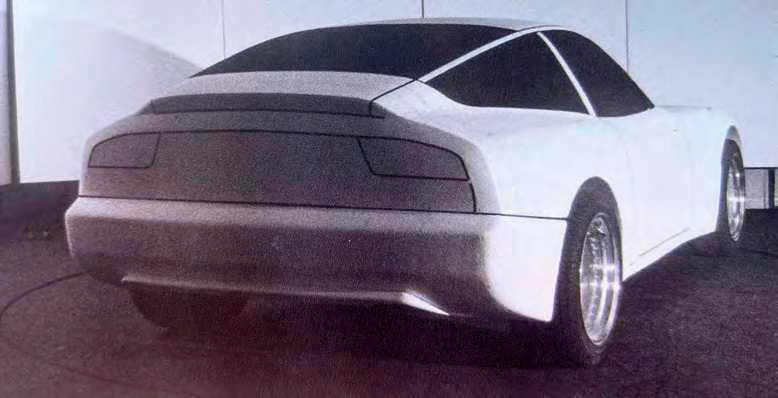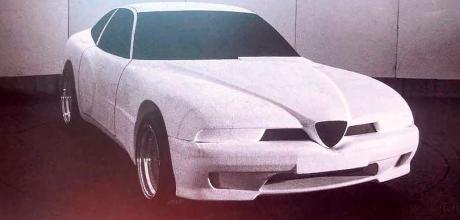Lost 1980s Alfa Romeo 10C V10-powered super-coupe
Matteo Licata reveals how Alfa Romeo planned to make a spectacular – but doomed – V10-powered super-coupe in the late 1980s.
ALFA’S LOST 10C
Anyone who's ever been involved with automobile design knows that the cars we see in showrooms amount to just a fraction of the tireless research and development work that goes on behind the scenes. I've been there myself, and I know how frustrating that can sometimes be. One day, a project seems to be the company's great white hope, only to be unceremoniously cancelled the next day, and everyone moves on as if it never existed. The stuff that ends up on car makers’ cutting room floors makes for some truly fascinating ‘what if?’ scenarios, especially when that maker is everyone's favourite: Alfa Romeo. One of the most tantalising yet little-known of these ‘might have been’ stories took place in the late 1980s, when the market for exotic cars was red hot, and Fiat’s takeover of Alfa and the successful launch of the 164 had finally brought much-needed financial stability to Arese.

That’s when a small group of Alfa Romeo powertrain and bodywork engineers were given the enviable task of studying an advanced high-performance coupe known internally as ‘10C’. The codename was a direct reference to its powerplant: nothing less than a 4067cc, naturally-aspirated, 72° V10, apparently unrelated to the Alfa 164 Procar racing V10. The engine was front-mounted with a six-speed manual transmission bolted directly to it in the traditional way, thereby doing away with the transaxle layout of most of Arese's output until then.
Everything about the Alfa Romeo 10C was to be bespoke, a world away from anything the company had, either in production or in the pipeline. It was an uncompromising rear-wheel-drive two-seater whose target drag coefficient was below 0.31 and featured an innovative body structure made largely from aluminium to reduce weight.
Alfa’s V10 prototype engine produced around 340hp during its first runs on Arese's benches, a figure that could have been increased further with the necessary development. The tall central intake plenum initially designed for it would have been replaced by two smaller ones, placed laterally to lower the bonnet line and improve visibility from the driver's seat. The chassis and suspension had been fully designed by then, too, and stylists had just begun work on the car's shape (pictured here is a 10C styling proposal created by Ercole Spada while at the I.DE.A company).
But it was not to be. By the end of the 1980s, with the world’s economy heading into recession and the market for high-end sports cars tanking, the Alfa 10C was cancelled before any prototype chassis were constructed. Because of that, precious little information exists about it, most of which comes from the late Alfa Romeo engineer Domenico Chirico, who'd been one of the top engineers on the Alfasud project and went on to head the company's powertrain development between 1976 and 1988. He mentioned the stillborn 10C in his book, L'Alfa e le Sue Auto, a fascinating chronicle of four decades of Alfa engineering published in 2007.
Unfortunately, the book didn't get much circulation in period, and has since become quite sought-after among Alfa Romeo fans.


